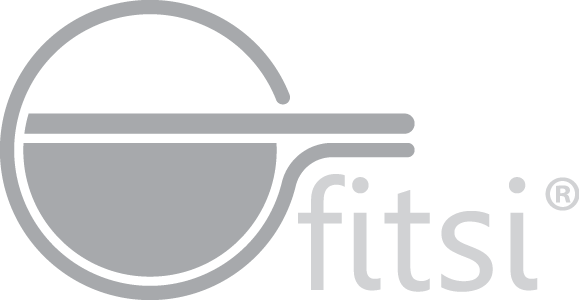Mayo Clinic Center for Innovation: We recently asked Fitsi Health co-founder Caroline Mitchell how her organization defines Human-Centered Design, and how this affects their process and work. Here she talks about four key questions that helped shape her team’s Human-Centered Design process.
Q 1: What do we already know? Start with really understanding the patient experience and identifying the greatest areas for improvement.
The design process for Fitsi Health starts with our founder, Kathleen Puri, MSN, RN. For years, working as a nurse and educator, Kathy was bothered by the fact that there was no way for patients to clean their hands on their own when confined to a hospital bed. Each year, more people die of hospital acquired infections than diabetes or breast and prostate cancer combined. And clean hands are the best way to prevent these infections. The fact that there was no easy way to keep patient hands clean seemed like a huge risk no one was addressing.
This frustration grew when she became a patient and saw things from the other side. Lying in a hospital bed she felt helpless – unable to reach her phone, glasses, and with no way to clean her hands.
She concluded that patients are simply too dependent on healthcare workers for help with these simple but critical tasks. Something needed to change. On the flip side, as a nurse, she knew all too well how incredibly busy everyone working in hospitals is. Creating more work for hospital staff wasn’t the solution. She wanted to find a way to improve the patient experience by empowering patients.
Fitsi co-founder Kathleen Puri working with nurses in an innovation session.
Q2: How do we dig deeper? A human centered approach means going beyond what is being measured or tracked today.
So we had this problem that was deeply rooted in the nurse and patient experience…How did we use Human-Centered Design to develop a solution?
At the time, I knew very little about the field of infection control so I started looking for data. What I found was interesting: Despite increasing evidence showing that patients aren’t cleaning their hands and often have anti-microbial resistant bacteria on their hands, it seemed the entire infection control industry was focused on healthcare worker hand hygiene. Why was no one looking at patients?
We realized this was because the average hospital has no way to measure patient hand hygiene or, for that matter, many of the other basic elements that constitute what we call the patient experience.
So, how do you develop a product in a market where there is no baseline?
Our team started by talking to numerous nurses and hospital staff. When asked the question: “How many times did your patients clean their hands during your shift?” the answer was generally along the lines of “I’m not sure but I know it was not enough”. Healthcare workers frequently seemed stunned by the realization that they rarely thought of patients performing hand hygiene.
Q3: How do we create a more human experience than what exists today? Human-centered design is about creating something that opens up others’ eyes to new possibilities.
This led to other conversations about what, Kathleen, our founder, also knew to be problematic with today’s patient experience. Instead of focusing solely on gathering data to support the need for patient hand hygiene, we focused on the overall experience and took testing a step further…exploring more than what we originally set out to understand.
To do this, we really tried to tap into the creative side of the nurses we worked with in our testing labs. We asked them to play their most difficult patient. By giving them the ability to play, the nurses went beyond “testing” and started role-playing various scenarios where they could see patients using the product.
They sought out possibilities we hadn’t even thought of: Things like having easy access to moisturizer to help with dry hands or lip balm for chapped lips (both common side effects of many medications). And what we thought was mostly a convenience or mobility issue for patients with accessing mobile phones and glasses was also a huge issue for nurses. We learned nurses spend up to ten minutes per shift searching for phones, glasses, and even dentures that get lost or misplaced in the bed.
What’s even worse is that these items are often not found or end up getting damaged. It creates unnecessary stress for patients and staff. Not to mention the cost of replacing these items. A pair of dentures can run as high as $4,500. Had we only focused on patient hand hygiene, certain features of Fitsi – like the storage areas – would have not taken shape so easily.
Q4: How can we make a bigger impact (and not just a product)? Human-centered design is messy. It's about improving real life experiences.
On the most fundamental level, human-centered design for the Fitsi team means creating products that engage patients. Human-centered design also embraces that fact that people are different. And so we designed Fitsi knowing that every patient experience is different. With Fitsi, patients and hospitals can customize the contents to best cater to their specific needs.
By focusing on the experience of patients and nurses we were able to create a product that addresses a real need and helps educate the healthcare community about the importance of patient hand hygiene.
If patient hand hygiene was something that hospitals regularly measured I think a solution like Fitsi would have been developed years ago. It took understanding the experience of patients from the eyes of a nurse to know that the problem was real.
Caroline Mitchell is the co-founder and CEO of Fitsi Health. She can be reached at caroline@fitsihealth.com and @fitsihealth.






